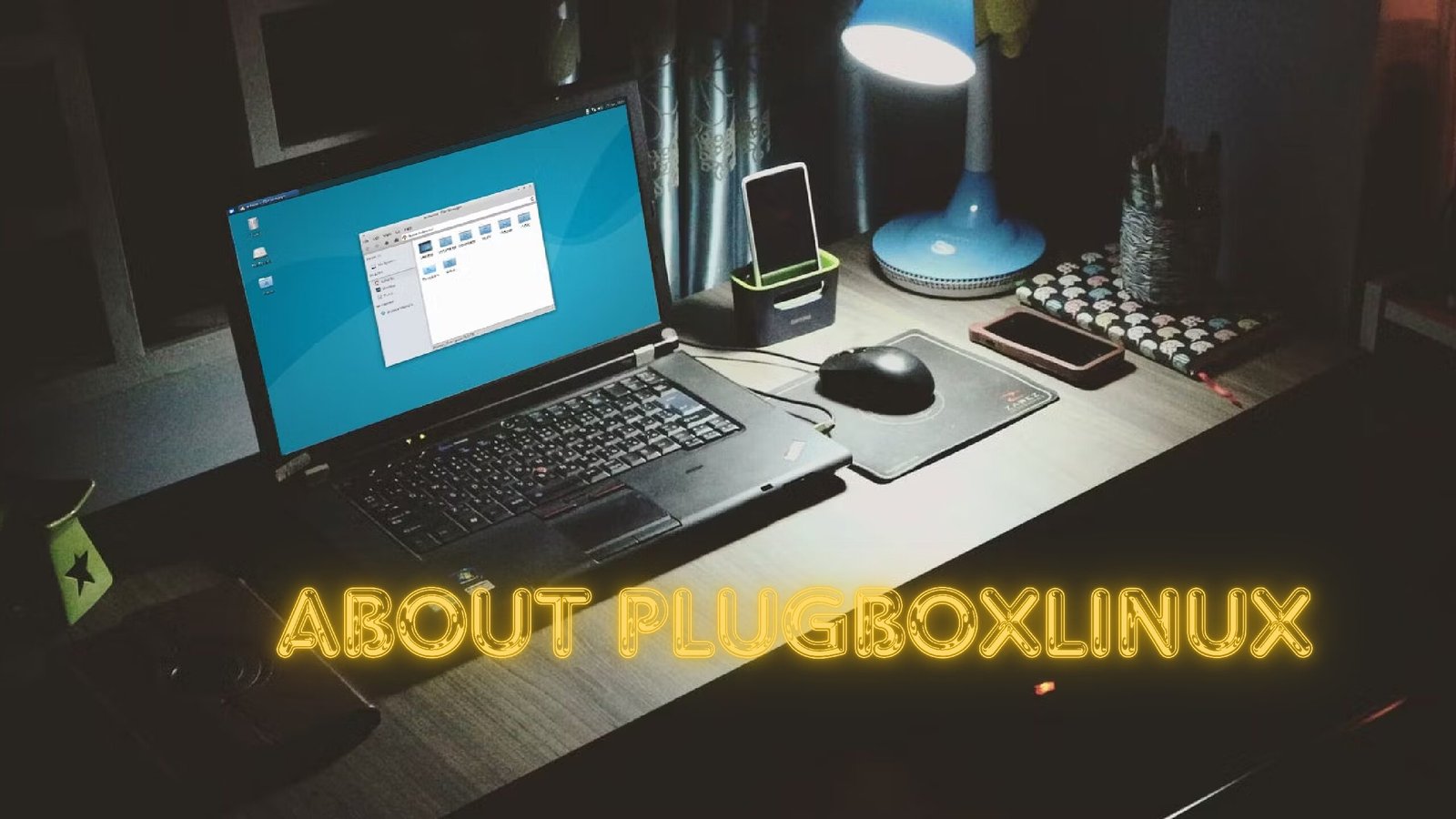Introduction
about plugboxlinux is an efficient and lightweight Linux distribution designed specifically for ARM devices. This distro is tailored to offer robust performance on minimal hardware, making it an excellent choice for embedded systems and low-power devices. Let’s delve into the key features, installation process, and use cases of PlugBox Linux.
Key Features
Lightweight and Efficient
about plugboxlinux is optimized to run on ARM architecture, which is commonly used in devices such as Raspberry Pi, BeagleBone, and various other single-board computers. The distribution is lightweight, ensuring it can function smoothly even on devices with limited processing power and memory.
Customizable and Modular
One of the standout features of about plugboxlinux is its modularity. Users can customize their installations according to their specific needs, installing only the necessary components and avoiding bloatware. This modularity helps maintain the efficiency and speed of the system.
Extensive Software Repository
Despite being lightweight, about plugboxlinux does not compromise on functionality. It offers access to a vast repository of software packages, allowing users to install a wide range of applications and tools. This repository includes popular software for development, multimedia, networking, and more.
Security and Stability
PlugBox Linux emphasizes security and stability, making it a reliable choice for embedded systems. Regular updates and patches ensure that the system remains secure against vulnerabilities and bugs. The stability of PlugBox Linux makes it suitable for long-term use in various applications.
Installation Process
Preparing the Installation Media
To install PlugBox Linux, you need a bootable installation media. This can be created using a USB drive or an SD card. The official PlugBox Linux website provides detailed instructions on creating a bootable media from the ISO file.
Installation Steps
- Download the ISO File: Obtain the latest version of the PlugBox Linux ISO from the official website.
- Create Bootable Media: Use tools like Etcher or dd command to create a bootable USB drive or SD card.
- Boot from Media: Insert the bootable media into your ARM device and boot from it.
- Follow the Installer: The PlugBox Linux installer will guide you through the installation process. Select your preferences and partition the storage as needed.
- Complete Installation: After the installation is complete, reboot the device. You will now have a functioning PlugBox Linux system.
Use Cases
Embedded Systems
PlugBox Linux is ideal for embedded systems, where resources are limited, and efficiency is paramount. Devices such as IoT gadgets, home automation systems, and industrial controllers can benefit from the lightweight nature of PlugBox Linux.
Development Platform
Developers working on ARM-based projects can use PlugBox Linux as a development platform. Its extensive software repository and customization options make it a flexible environment for coding, testing, and deploying applications.
Educational Purposes
Educational institutions and hobbyists can use PlugBox Linux on devices like Raspberry Pi to teach and learn about Linux, programming, and electronics. Its ease of use and robust performance on minimal hardware make it an excellent tool for educational purposes.
Conclusion
PlugBox Linux stands out as a lightweight, efficient, and highly customizable Linux distribution tailored for ARM devices. Its robust performance, security, and extensive software support make it a versatile choice for embedded systems, development platforms, and educational tools. Whether you’re a developer, an educator, or an enthusiast, PlugBox Linux offers a reliable and efficient solution for your ARM-based projects.

